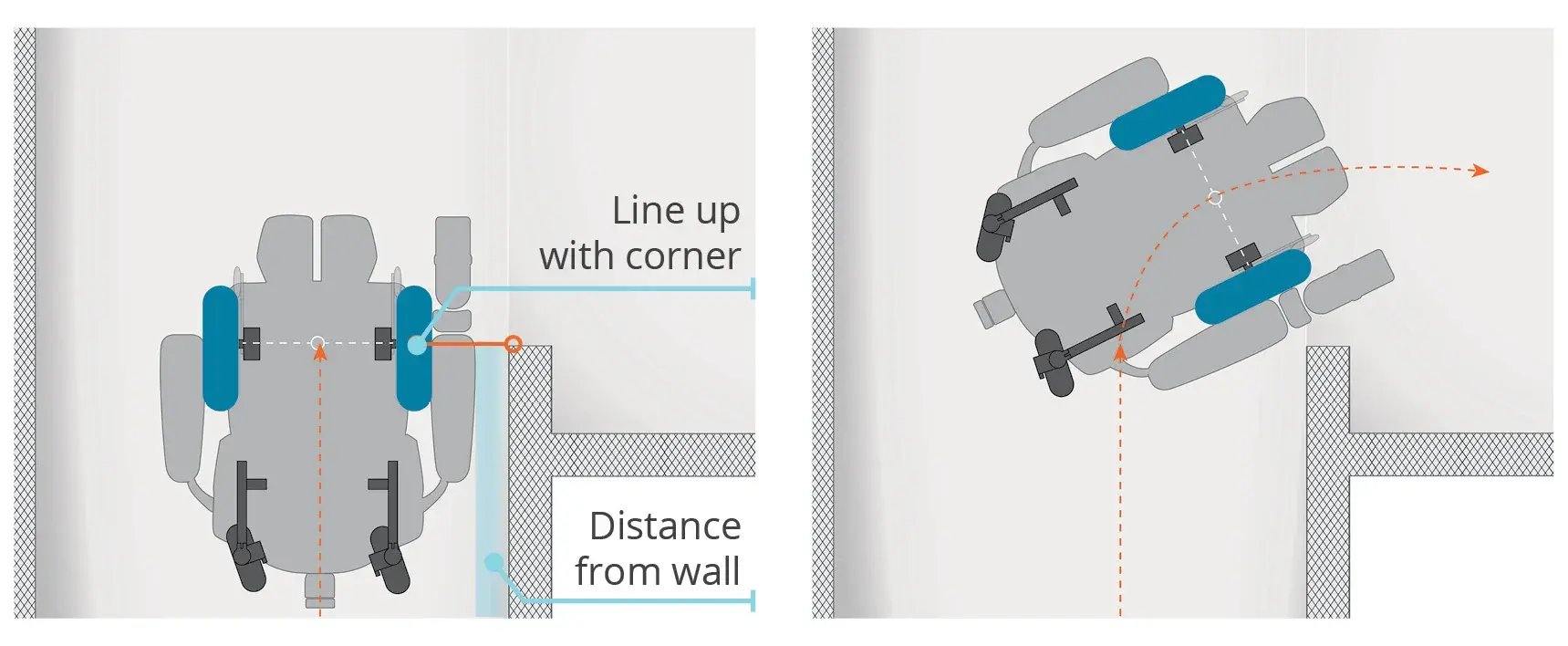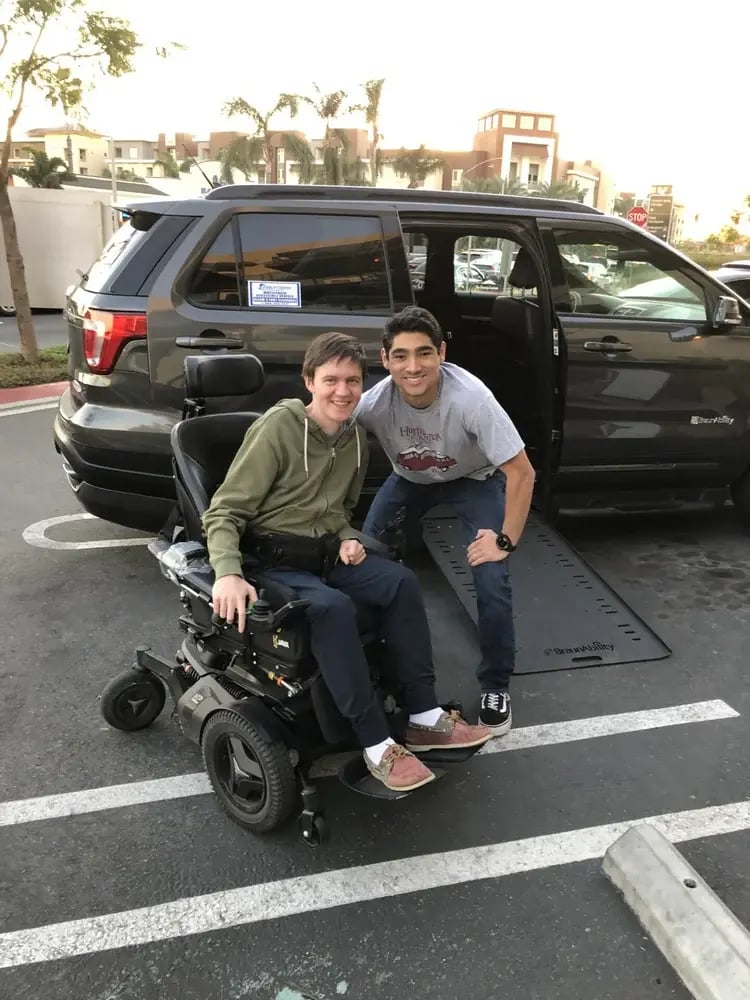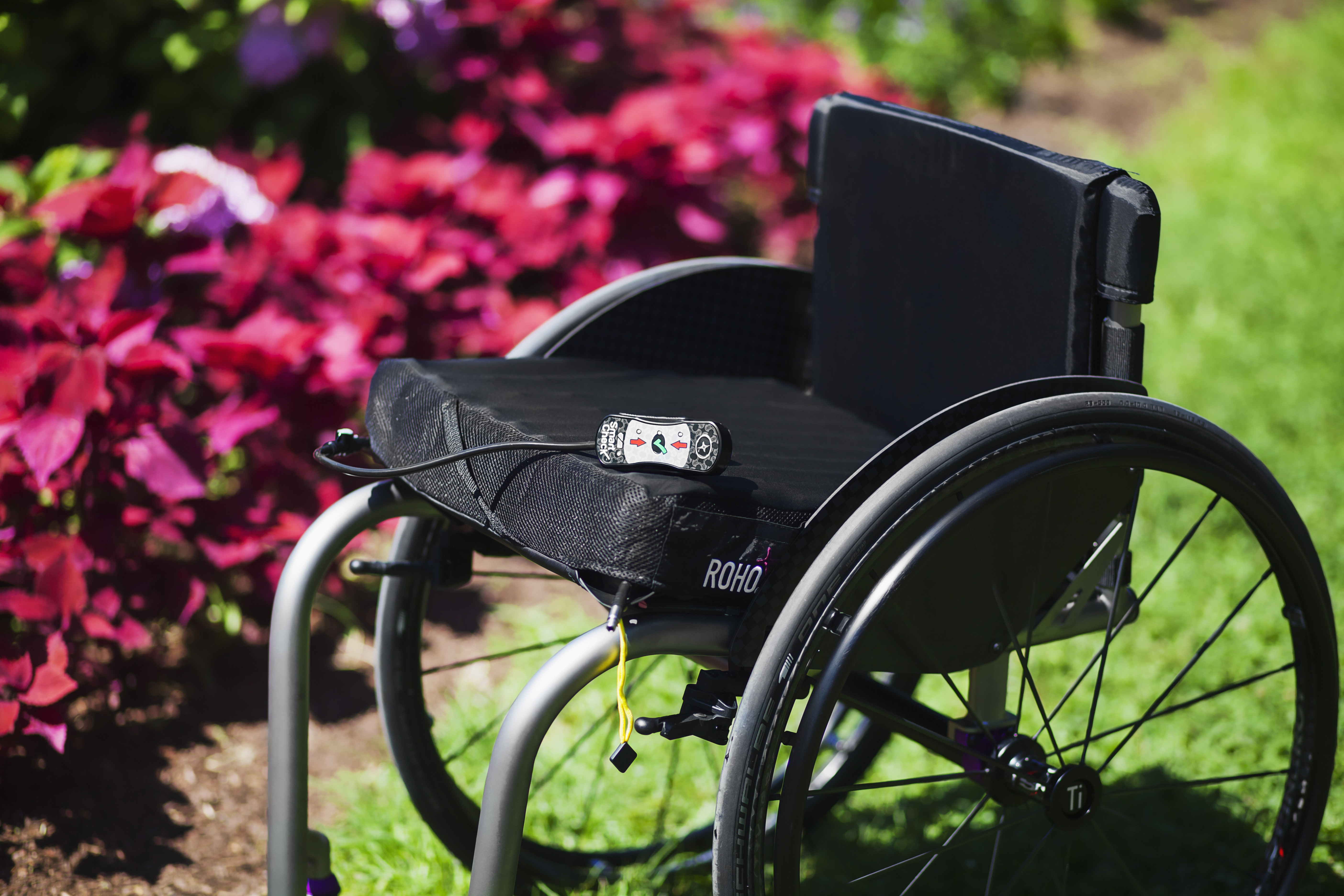We’re pleased to share an insightful personal perspective from our US colleague, Hawken Miller, who chronicles his experience using a front-wheel-drive power wheelchair over seven years. In his blog, “My Seven Years of Experience Using a Front-wheel Drive Chair,” Hawken discusses how the drive-wheel configuration influenced his mobility, independence and daily routine.
Here in Australia we know that our environments, funding systems and service models differ somewhat—but many of Hawken’s observations remain highly relevant. For example his points about manoeuvrability in tight indoor spaces, outdoor terrain challenges, and how the configuration of a chair can impact the fit between end-user, environment and product.
So while some US-specific references may not map exactly to Australian settings, Hawken’s lived-experience adds real value for our community of wheelchair end-users and carers. We encourage you to read his blog and consider how his insights might help when you (or the person you're supporting) are looking at drive-wheel configurations, trial evaluations or product selection discussions.
A big thank-you to Hawken for sharing his voice and experience.

Here is Hawken's Original Blog:
Being able to navigate different terrains, have more stability while in stand, and make tighter turns around corners have been helpful for me since I first received my front-wheel drive power wheelchair in 2018 during my junior year at the University of Southern California (USC). This front-wheel drive configuration was dictated by what my daily activity looked like. I hope that my experience can give you more clarity on how you decide whether a front-wheel, mid-wheel, or rear-wheel drive wheelchair is best for you or one of your clients.
Moving from Mid-wheel to Front-wheel
My first electric wheelchair was a demo I bought from a durable medical equipment provider. It was a mid-wheel drive chair. As I was new to power wheelchairs, I didn’t think much of the drive wheel configuration.
It worked for what I needed it to do – getting me from point A to point B on USC’s large campus. This chair was way better than my scooter. I had to arch my back and reach for the handles to drive the scooter. Plus, this power wheelchair was faster so I could leave for class later.
Shortly thereafter, I worked with my physical therapist to get a prescription for a wheelchair that was better suited for my needs and fit specifically for me. Based on my experience during the evaluation with the physical therapist, I decided on a Permobil F5 Corpus VS. While I was still ambulatory at the time of the evaluation, I was no longer able to stand for long periods of time. In addition, I still needed gravity on my bones, muscles, and digestive and circulatory system, so a power wheelchair with a power standing function was the best match for me.

Benefits of My Front-Wheel Drive Chair
One of the first benefits I noticed when driving my new front-wheel drive power wheelchair was that I was able to better navigate the tight spaces of the Victorian-era house I shared with 13 other guys. To get to my room on the first floor, I had to traverse up a large metal ramp, turn left into a narrow hallway, and then make another left into my room. While I may have scraped up the paint on the right side of the hallway, I was just able to make the initial corner to get through my narrow door. There were centimeters to spare, but thanks to the front-wheel drive configuration of my wheelchair I was able to make it work.

Living in LA during that time also made my front-wheel drive chair selection appropriate. If you’ve ever been to LA, chances are you’ve almost tripped over a tree root pushing up the sidewalk. With a front-wheel drive chair the large front tires could pull me over obstacles, like cracks in the road, large bumps on the sidewalk, and small curbs.
Getting Used to Drive Configurations
Driving a front-wheel drive chair takes some time to get used to. I always have to remind myself I need extra room in the back when I am navigating tight quarters or maneuvering through crowds. While it takes corners nicely, a front-wheel drive chair is more challenging to use in cramped quarters.
I have a converted BraunAbility MXV Wheelchair Accessible SUV Ford Explorer. Because it is an SUV and not a minivan there’s not as much space to maneuver. That makes it even harder when driving a front-wheel drive chair, given the rear casters stick out a bit more. With a mid-wheel drive chair, you can turn on a dime, whereas a front-wheel drive chair turns from the front. I’ve made it work with my vehicle, but if someone isn’t as confident in their driving skills or they live in a tighter place, mid-wheel drive might be a better option.

As much as front-wheel drive has been helpful to me, choosing the right drive wheel configuration ultimately depends on the environment (both indoor and outdoor) the person using the power wheelchair will be driving and what their daily activities look like. I highly encourage people to experience driving different power wheelchair configurations during their evaluation process prior to making a final decision, because, in most cases a person will have their wheelchair for at least 4-5 years prior to being eligible to getting another.
Stay connected
Got a story, tip, or question of your own? We’d love to hear from you!
Want more user-first tips, lived experience stories, and helpful resources sent straight to your inbox?
Sign up here: https://bit.ly/4kyNx2T
Useful information, created with and for wheelchair users.
Disclaimer
The content in this blog is intended to be informative and empowering, sharing general insights and experiences around life with assistive technology. It reflects the views of the author and is not a substitute for personalised medical, clinical, or professional advice.
Everyone’s needs, goals, and health circumstances are unique. If you’re considering any changes to your equipment, routines, or support, we always recommend speaking with your Occupational Therapist, healthcare team, or another qualified professional.




.png)
